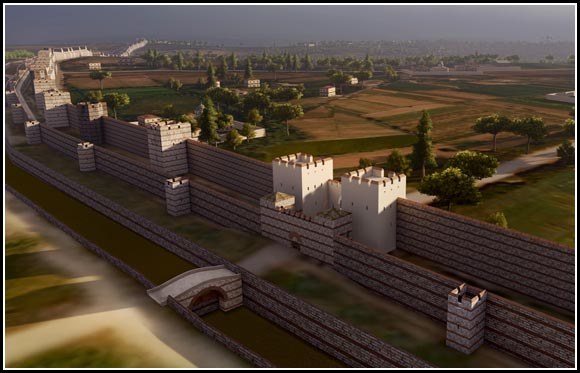Yep when from Constantinople's Theodosian Walls to the mysteriously missing Aurelian walls of Rome, to ships. Yep makes sense to me.
Technology! . . . yeah, I know sorry . . . I'll show myself out of the thread . . .

Yep when from Constantinople's Theodosian Walls to the mysteriously missing Aurelian walls of Rome, to ships. Yep makes sense to me.
The trouble with the Aurelian Walls wasn't the maintenance. They were generally kept maintained into the 19th century and they were effective defenses after their repair and enforcement in the early 5th century though the 19th century when the Italian army blow a hole in the walls and they are perhaps the best surviving example of mostly intact Roman city defenses but the prohibitive man power to man them, even the combined 25,000 men of Praetorian Guard, the cohortes urbanae, and the vigiles couldn't effective man twelve miles of the walls, the nearly four hundred towers, 18 main gates and 5 postern gates. They were certainly much better taken care of than the Theodosian Walls which were ill maintained after the fourth crusade the ERE had neither the manpower or the resources to maintain them.
Yeah, the big problem with the Aurelian Walls -- even after their upgrade -- is that the city was just too enormous. I mean, Constantinopolis was a smaller city than Roma. The circuit the Aurelian Walls had to cover was monstrously huge.

